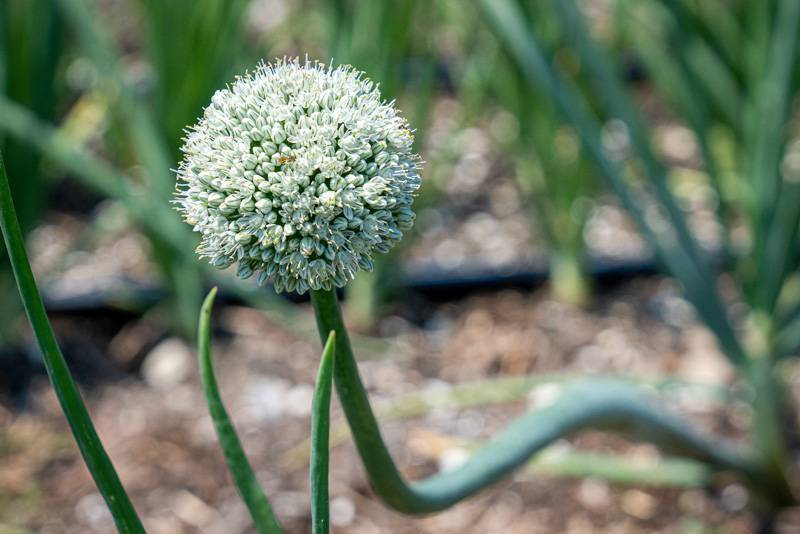Carbon is the chemical backbone of all life on Earth. But when we release too much into our atmosphere it threatens life on our planet. So how do we solve the problem of carbon?
Is there any word more associated with our climate crisis than carbon? And rightly so. It has been made clear to us since NASA scientist Dr. James Hansen testified before congress on June 23, 1988 that our burning of fossil fuels, producing largely CO2, was creating a “greenhouse effect,” leading the New York Times to declare on its front page: “Global warming has begun.” More than 30 years later, it’s clear that Hansen, whose testimony drew plenty of detractors, then and since, was right. Carbon dioxide levels have reached a point unseen by any living creature on Earth in the past four million years.
And yet, it is carbon we owe for life on earth. Carbon has an exceptional ability to form bonds with other elements and with itself. Carbon is able to form an enormous number of complex molecules called organic molecules, which make up organisms and carry out life processes.
The problem, as with so many environmental issues, is that, thanks to our enthusiastic burning of fossil fuels, which are carbon sequestered in the earth, the amount of CO2 we’re asking our atmosphere to absorb is simply too much. The environmental organization 350.org owes its name to the number scientists determined was the safe threshold at which our planet’s climate can be sustained: 350 parts per million of carbon dioxide. Or, as Dr. Hansen puts it, “If humanity wishes to preserve a planet similar to that on which civilization developed and to which life on Earth is adapted, paleoclimate evidence and ongoing climate change suggest that CO2 will need to be reduced from [current levels] to at most 350 ppm.”
Current levels, at this point in history, are close to 419 ppm, a 47% increase since the Industrial Age, according to NASA, and an 11% increase since 2000 when atmospheric CO2 was at 370 ppm. Scientists estimate that 275 ppm created the conditions on which civilization and our life on earth adapted.
Gulp.
And so we find ourselves seeking solutions in 2021, throwing around phrases like carbon neutral and zero carbon, which sound like something we should aspire to but which mean what exactly? And given that 419 is so much more than 275 or even 350, does that mean we’re doomed? Not according to the folks hard at work on carbon sequestration.
Carbon sequestration means holding or capturing carbon so that it isn’t emitted as the greenhouse gas, carbon dioxide. “Nature already serves as a powerful sink for our greenhouse gas emissions with no human intervention,” says Noli Taylor, Senior Director of Programs with Island Grown Initiative (IGI). In fact, she says, “55% of carbon is absorbed by forests and oceans.” The problem, again, is that our emissions are exceeding nature’s ability to absorb them. But, as Taylor says, “if we can reduce those emissions, and even create new sinks on working lands, we could make important progress in addressing climate change.”
A twist on traditional farming
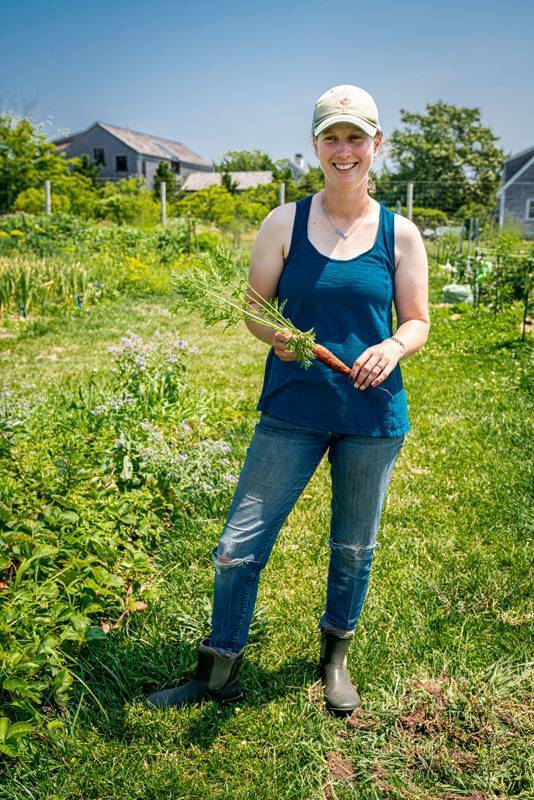
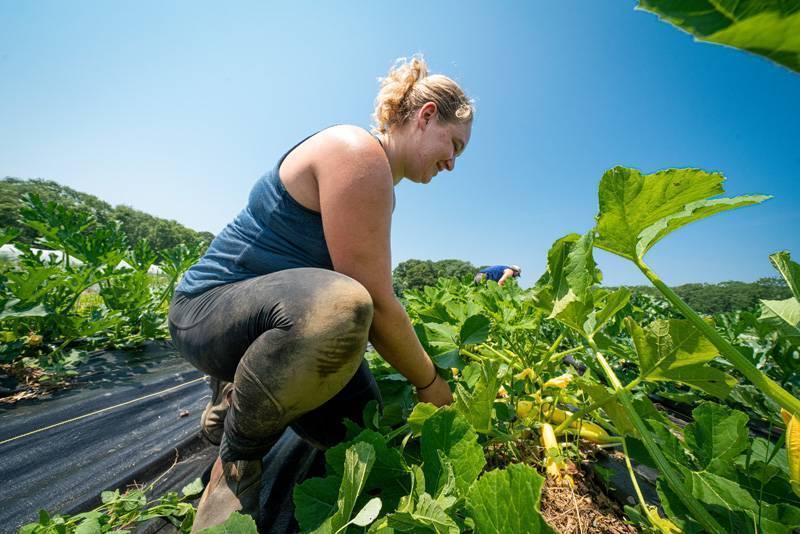
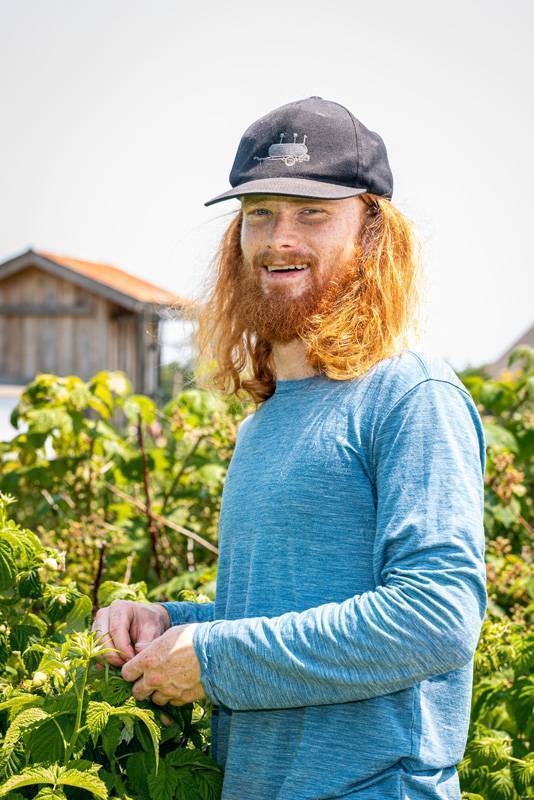
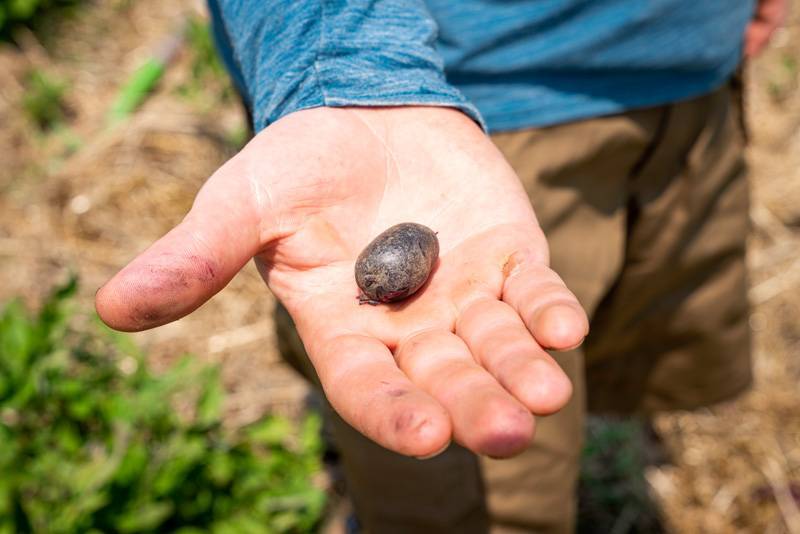
“The big problem with carbon,” says Kristin Ohlson, author of The Soil Will Save Us, “is that there’s a lot of carbon in the air now that was in the soil.” Some, of course, was in the form of oil; but lots in the soil itself. “Most of us don’t even realize that when we’re looking at dark, rich soil, the reason it’s dark is because it is infused with carbon.” It gets there, she explains, thanks to photosynthesis. Gathering energy through sunlight, plants snatch carbon from the air and convert it into carbon fuels. What’s fascinating to Ohlson was that researching her book, she learned that plants don’t just use the carbon for themselves, they share it through their roots. “They strategically leak that carbon fuel to feed microorganisms that live in the soil.”
The problem is that conventional agriculture destroys many of those microorganisms and the environment that sustains them, leading to the release of a lot of this sequestered carbon and reducing the soil to dust.
But a straightforward solution exists. Enter regenerative farming.
Regenerative farming is a broad term that spans criteria. In a nutshell, regenerative farming aims to restore soil health by replacing its organic carbon. Tilling or plowing, a part of farming since Biblical times, is widely considered a sin in the regenerative world because it exposes all the microorganisms in the soil to oxygen and releases carbon in the form of carbon dioxide. Another sin is bare soil, which also leeches carbon into the atmosphere. So diverse cover crops — plants that cover soil after main crops are harvested — are crucial. If you practice regenerative agriculture, you reduce or eliminate the use of pesticides and synthetic fertilizers because they “kill life forms indiscriminately,” Kristin Ohlson says. “We need those microorganisms.”
And forget a monoculture, where only one crop is grown over acres and, often, years. Like so many Indigenous practices around the world indicate, crop rotation leads to soil health.
Some regenerative farmers, like Julie Scott at Edgartown’s nonprofit educational Slough Farms, also rotate their animals through the fields to graze and eat the weeds and crop residue then drop their microbe rich dung and their nitrogen rich urine on the fields, making it even more fertile. At various times, says Scott, you’ll find chickens, turkeys, pigs, sheep, goats, and cows, all eating and pooping their way across Slough Farms.
Noli Taylor has been assisting IGI as they phase in a regenerative method. A plot of land, she says, that was compacted, leached from synthetic pesticides and fertilizers, and unable to even absorb water is now teeming with life. “You’d pick up this chunk of solid ground and it would just powder away to dust.” After three years of not tilling, applying compost, and adding cover crops, “the soil structure has totally changed.” She also notes that she’s seeing more insects and pollinators, which are attracting more birds. “The changes we can see with our own eyes are really powerful and encouraging.”
At various times, says Scott, you’ll find chickens, turkeys, pigs, sheep, goats, and cows, all eating and pooping their way across Slough Farms.
Theo Gallagher is helping Beetlebung Farm, in Chilmark, make the shift to regenerative agriculture. He is, literally, watching the earth transform beneath his feet. “The soil is alive,” he says, “it’s not like sandy moon dust you see on a conventional field.”
It’s a chain of life: Increasing carbon in the soil improves the life of the soil, improves the health of the plants, helps all the microscopic critters that make that soil their home do their jobs much better, makes the soil much better at absorbing water, and renders expensive synthetic fertilizers largely unnecessary. What’s more, says Kristin Ohlson, there’s indication that regenerative agriculture can help farmers double or triple their yields, especially in less developed countries where industrial agriculture hasn’t taken over.
The folks at Drawdown: The Most Comprehensive Plan Ever Proposed to Reverse Global Warming, spearheaded by environmental heavyweight Paul Hawken, anticipated a growth in regenerative agriculture from 108 million acres when the book was published in 2017 to a total of 1 billion acres in 2050, an increase that could result in a total reduction of 23.2 gigatons of CO2. More than that, they chose it, among their 100 most substantive solutions to climate change because, even without its impact on CO2, it’s a healthier approach to growing food, for us and our planet.
But, for the purposes of our story, we’re interested in that invisible change — regenerative farming’s superior ability to sequester carbon.
It is not without challenges, of course. Carbon in the ground only stays there as long as it’s relatively undisturbed. “We don’t know how long it takes to sequester carbon and it’s sequestered at different rates depending on land-care strategies and the plants that you’re growing,” IGI’s Noli Taylor says. As for agriculture or backyard sequestration, “if somebody else comes along who has a different land management practice, then the carbon that’s been sequestered could be released.” Which is why Taylor is adamant that our first point of order must be to reduce carbon emissions in the first place.
As well, if regenerative farming is to have the major impact that proponents hope it will, it must be widely implemented. It’s a big ask of farmers. Regenerative practices, at least at first, typically require more money and time. “And usually farmers don’t have a lot of either of those things,” Julie Scott says.
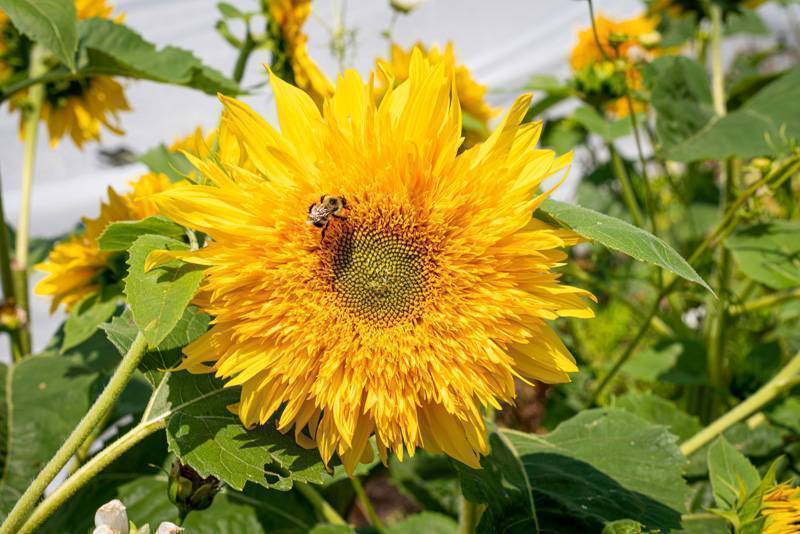
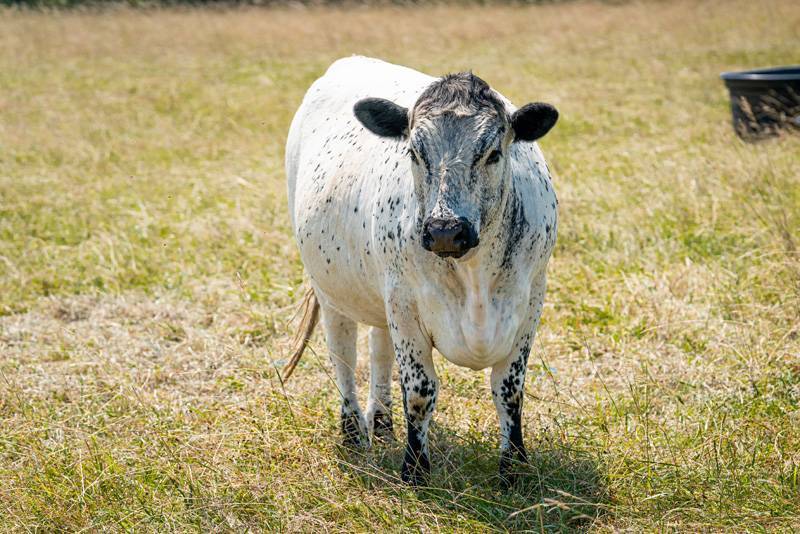
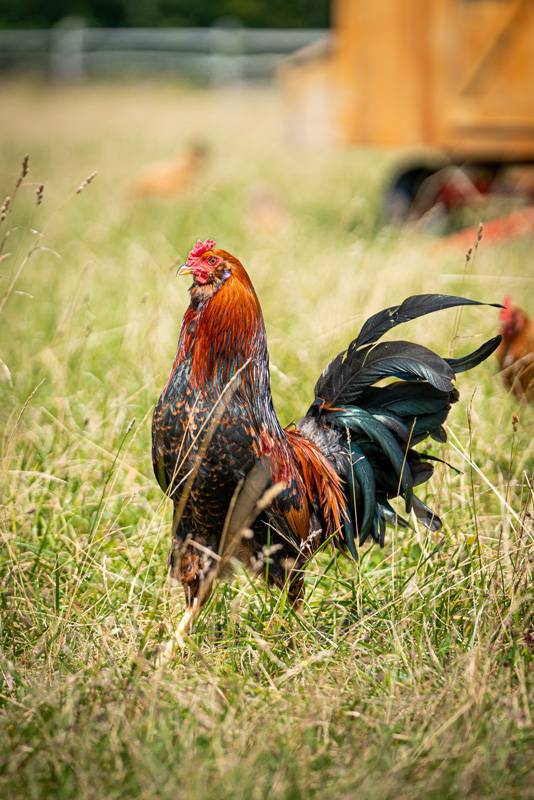
At Slough Farm, animals rotate through through the fields to eat the weeds and crop residue. —Photos by Jeremy Driesen
What’s more, the calculus involved with carbon sequestration is really hard to pin down. For instance, what if a forest is cut down to make way for a regenerative farm? It typically comes down to a case-by-case assessment of costs/benefits and drawdown. Folks qualify their calculations because there are so many moving parts, noting “the impact of regenerative agriculture is hard to measure and model… Rates of sequestration will vary considerably in quantity and amount of time required.” Farms, they write, “cannot use a cookie cutter approach.”
Even as Noli Taylor and the gang at IGI’s Thimble Farm are in the process of working with soil experts to monitor their farm’s shift to regenerative practices, she’s quick to note that this approach is one piece of the climate solution.
Theo Gallagher is similarly clear-eyed at both the potential and shortcomings of regenerative agriculture. “It would be tough to take human-scale regenerative practices to, like, a 10,000-acre wheat farm, or a corn or soy farm,” he says. “But I think the future is in abundant regenerative farms, little by little, doing their part.”
Kristin Ohlson shares his optimism. “What’s truly exciting, what all … these farmers and the scientists who are involved in this are saying is that we can have better agriculture and better production, we can have healthy profits for farmers and we can have healthy landscapes. It’s not an either/or.”
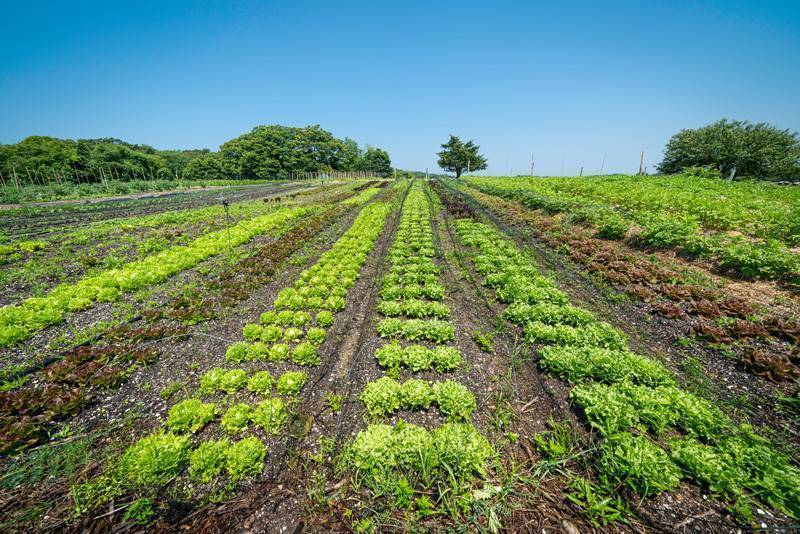
Kelp is key
Dan Martino, of Martino Brothers Seafood and Cottage City Oysters is prepared to make a bold claim: “Shellfish farming is by far the most sustainable form of protein farming on the planet,” he says. And he’s got backup. “Marine permaculture may be one of the most extraordinary ways to [reverse global warming],” say the contributors to Drawdown: The Most Comprehensive Plan Ever Proposed to Reverse Global Warming.
Their optimism seems warranted. Coastal ecosystems can sequester up to 20 times more carbon per acre than forests on land. And macroalgae, such as kelp, is key to this carbon sequestration. Kelp’s gas-filled “bladders” keep it close to the surface where it absorbs CO2 through photosynthesis and then, studies show, it floats far away from the shore where, mostly uneaten and with its bladders burst, it sinks thousands of feet to the bottom of the ocean, taking its carbon, which will remain, theoretically at least, sequestered for millions of years. In some cases, phytoplankton are eaten by larger creatures who then drop carbon-rich fragments and feces to the ocean floor.
But that’s not all. “Seaweed and shellfish use dissolved carbon to grow and [the shellfish also use it] to build their shells,” says Dan Martino. These shells, he says, also potentially sequester that carbon for thousands of years.
Seaweed and shellfish, he says, could also supplement cattle and chicken feed. He points to studies that show adding this to the feed dramatically reduces the methane and greenhouse gases released by these animals. We, too, can eat seaweed, which, though our consumption of it returns its sequestered carbon to the atmosphere, if it’s replacing some carbon-intensive land-cultivated food, then it’s still a net benefit for the planet. While many fish stocks are depleted, the ocean offers up plenty of other food sources that are largely untapped.
It’s an opportunity that Dan Martino considers “one of the greatest moments in history to be alive.” We are grasping the scope of the problem, he says, “but also the ability to create the solutions to these problems.”

